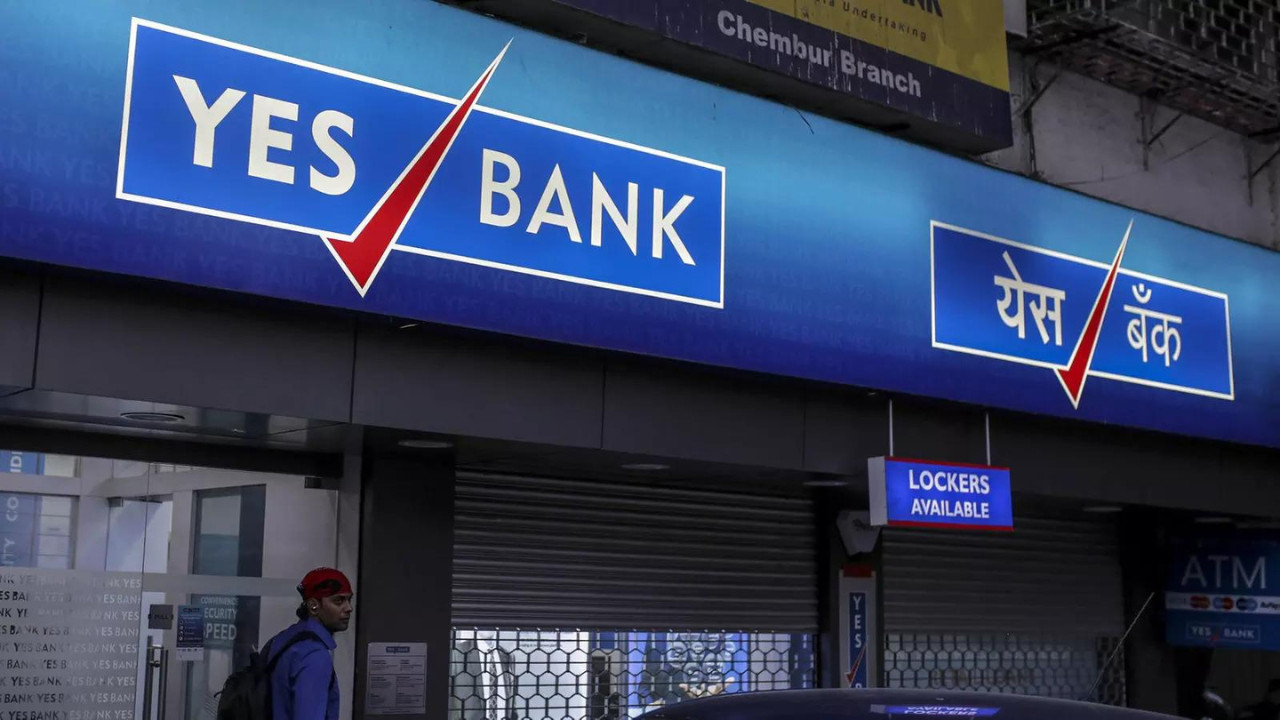Moody’s Ratings has upgraded Yes Bank’s long-term deposit ratings to Ba2, driven by improvements in the bank’s credit profile, including capital adequacy and loan loss reserves. The agency also raised Yes Bank’s Baseline Credit Assessment to ba3, reflecting strengthened loss-absorption buffers. While noting unseasoned risks from rapid expansion, the ratings also factor in expected systemic support from the Indian government.
Yes Bank: From Peril to Promise? A Real Story of Banking Redemption
Okay, let’s be honest. A few years ago, mentioning Yes Bank likely conjured images of nail-biting uncertainty and financial cliffhangers. Remember the headlines? The drama? It felt like we were watching a real-time economic thriller. But fast forward to today, and the script seems to be undergoing a serious rewrite.
Moody’s, the well-known ratings agency, just gave Yes Bank a significant nod of approval, bumping their rating up to Ba2. Now, for those of us who aren’t fluent in “ratings-speak,” that basically translates to: “Hey, this bank is looking significantly less risky than it did before.”
But what’s the real story behind this upward swing? It’s more than just numbers and ratings; it’s a testament to a bank’s resilience and a strategic overhaul.
For starters, the elephant in the room needed addressing: Non-Performing Assets, or NPAs. These are basically loans that have gone sour – the financial equivalent of a bad apple in the barrel. A bank drowning in NPAs is a bank struggling to stay afloat. Yes Bank, however, has demonstrably tackled this issue head-on. The latest reports highlight a considerable reduction in these problematic assets. This isn’t just a cosmetic fix; it’s a deep clean of their financial portfolio.
Then there’s the issue of provisioning. Think of it as setting aside a safety net – money specifically earmarked to cover potential losses. A well-provisioned bank is prepared for the unexpected. And Yes Bank, it appears, has been diligently building up its reserves, offering a much stronger cushion against future headwinds. This proactive approach speaks volumes about their commitment to stability and risk management.
But numbers only tell half the story. What really matters is how Yes Bank managed this turnaround. And I think a big part of it lies in a change of strategy and leadership. Remember the turmoil of the past? A new team stepped in, bringing with them a renewed focus on prudent lending practices, tighter risk controls, and a genuine desire to rebuild trust. It wasn’t just about fixing the problems; it was about fundamentally changing the way the bank operated.
Let’s be clear, this isn’t a simple “happily ever after” just yet. The banking sector is a complex beast, and challenges always lurk around the corner. The global economic landscape remains uncertain, with interest rate fluctuations and potential recessionary pressures constantly on the horizon. Yes Bank still has work to do. They need to continue focusing on sustainable growth, diversifying their loan portfolio, and maintaining the momentum they’ve built.
This story is more than just a financial update; it’s a case study in corporate recovery. It showcases how a bank, facing seemingly insurmountable odds, can pull itself back from the brink. And that’s a narrative worth paying attention to.
For customers, this upgrade could potentially translate into more competitive interest rates and a wider range of financial products. For investors, it signals a more stable and potentially profitable investment opportunity. And for the Indian banking sector as a whole, it serves as a reminder that even in the face of adversity, resilience and reform can lead to remarkable results.
So, is Yes Bank completely out of the woods? Maybe not entirely. But they’ve clearly taken some giant strides in the right direction. The Ba2 rating isn’t just a number; it’s a symbol of progress, a beacon of hope, and a compelling narrative of redemption in the often-turbulent world of finance. And that’s something worth celebrating, even with a healthy dose of cautious optimism. It demonstrates the power of corrective action, improved regulation, and how banking institutions can correct their course of action when such issues arise.
📬 Stay informed — follow us for more insightful updates!







